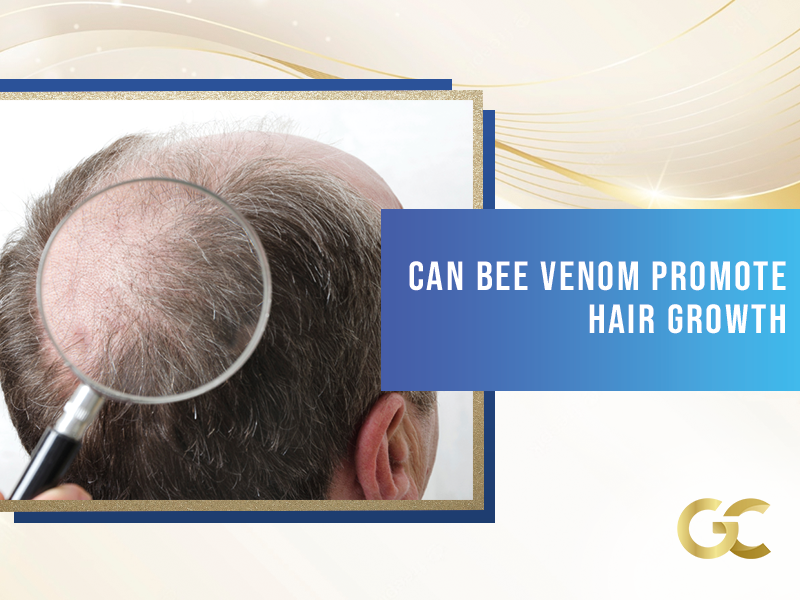While alopecia continues to affect more and more people, there’s also a relative increase in possible solutions for the problem. Alopecia is commonly due to heredity, and that is why some people believe it to be unavoidable and incurable. Maybe unavoidable—but definitely curable for as long as you have access to different methods of addressing the problem.
There are nonsurgical and surgical methods presented to help in solving the problem. With nonsurgical methods, there are shampoos, conditioners, ointments, and capsules that promise to promote hair growth. These products are either herbal or a combination of properties that believe to help with hair growth. There is also the option of hair transplant. In hair transplant procedures, doctors transplant your own hair to the bald areas.
Despite all the available promising products for hair growth, most of it is ineffective aside from hair transplant. But not many people want to go for a surgical procedure in treating alopecia. Hair transplant could also be pricier than nonsurgical methods.
Newfound Alternative
In search of reliable nonsurgical solutions for alopecia, researchers have taken the possible potential of bee venom. It contains many properties that could promote hair growth. It’s not surprising, knowing bees are big contributors to many aspects of lifestyle. They have always been the hardworking main cast in honey production. Honey has already been of great use to the world, either as a food ingredient or for medicinal purposes.
Researchers have studied the preventive impact of honey bee venom on alopecia (male pattern baldness). This was accomplished by applying honey bee venom to the skin of female mice for nineteen days. It is essential to know two or three things about hair and how it develops in order to understand the study outcome.
A hair follicle is a mammalian skin organ that produces hair. Hair creation happens in stages, including development (anagen), suspension (catagen), and rest (telogen) stages.
Here’s how the study found out how bee venom helps in promoting hair growth:
Honey bee venom advanced hair development and hindered change from the anagen (development) to catagen (suspension) stage.
In the anagen (growth) phase, hair growth increased dose-dependently compared with the controls. It means that the more honey bee venom was applied to the skin, the more prominent was the hair development.
Honey bee venom repressed a gene called SRD5A2.
This is significant in light of the fact that SRD5A2 assumes a significant job in the change of testosterone into dihydrotestosterone, which we also call DHT. DHT’s activities are responsible for male pattern balding.
Honey bee venom likewise animated the increase of human dermal papilla cells alongside a few development factors in these cells.
Human dermal papilla cells offer ascent to hair follicles, which then promotes hair growth.
Bees never fail to impress us with their abilities. However, there is still a need for further studies to prove the connection between bee venom and alopecia. But with everything that the research has presented, bee venom surely has the potential to help in hair growth and be of help to people suffering from alopecia.

